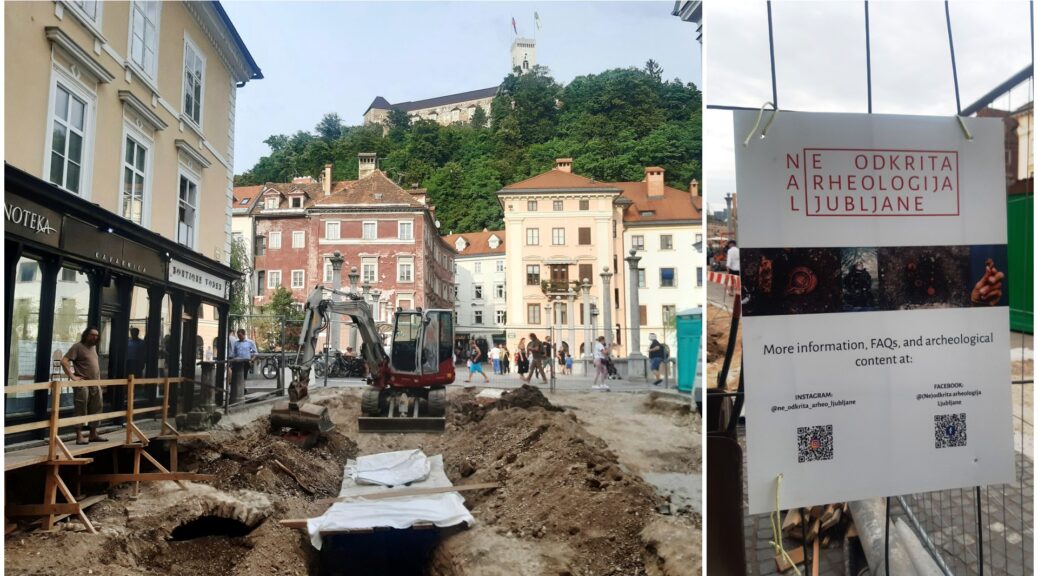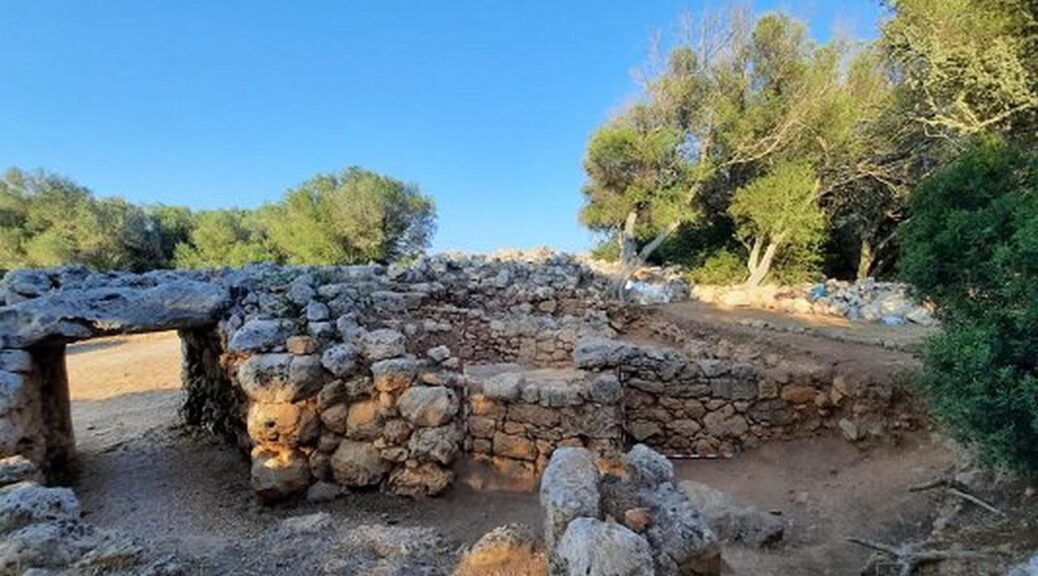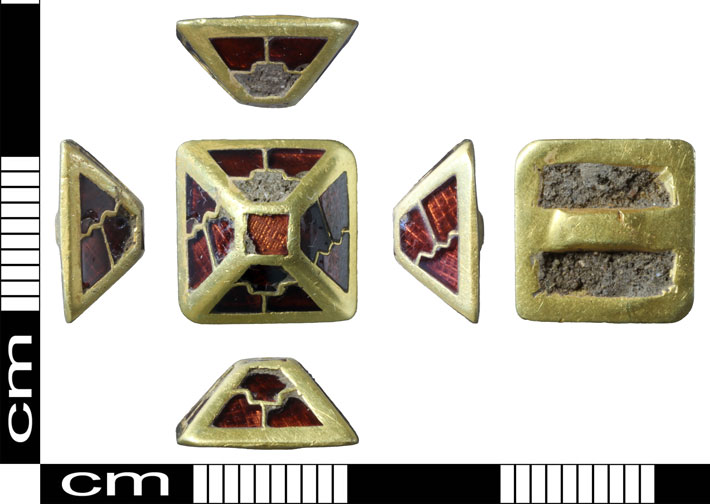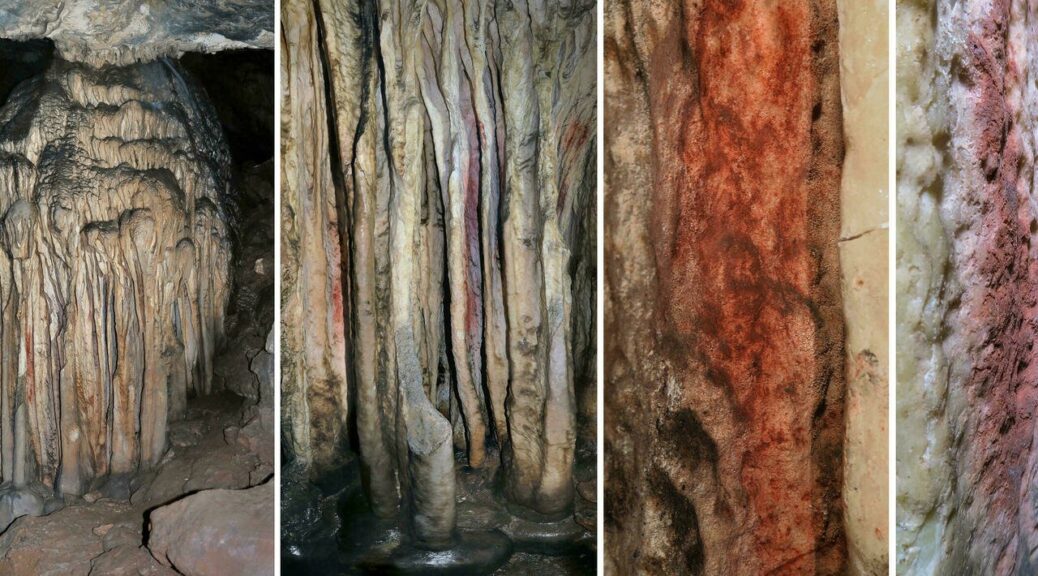Remains of Medieval Bridge Discovered in Ljubljana, Slovenia
Slovenian archaeologists have discovered several finds along the river Ljubljanica during the renovation of the Zlata Ladjica house, including the foundations of the Butcher’s Bridge, which has since the Middle Ages been replaced by the current Shoemaker’s Bridge.

The find did not come as a surprise because the Butcher’s Bridge in what is now Jurčič Square was known from historical records, yet it is the first material evidence to prove its existence, Martin Horvat, an archaeologist at the Ljubljana Museum and Galleries (MGML), told the STA on Tuesday.
The Butcher’s Bridge was first indirectly mentioned around 1280 when a piece of information appeared about an Old Bridge, located where the Triple Bridge stands now.

The mention of the Old Bridge meant a new bridge – the Butcher’s Bridge – must have been built by then where the Shoemaker’s Bridge is now.
“At first it was very probably fully made of wood, including the foundations on both river banks,” said Horvat.
Still, the newly discovered foundations are from sometime later, probably the 14th century. They are made of a kind of bricks, while the bridge itself was probably made of wood.
In the second half of the 19th century, the bridge was replaced by an iron bridge and renamed after Mayor Johann Nepomuk Hradecky, while in the 1930s, the current Shoemaker’s Bridge was built there, designed by architect Jože Plečnik.
The bridge names reflected the business being done there: butcher’s shops on the Butcher’s Bridge were mentioned in the 16th century but were banned from it at the start of the 17th century for the smell and water pollution.
The bridge was then occupied by other craftsmen, increasingly by shoemakers, hence the name the Shoemaker’s Bridge.
The excavations in Jurčič Square have also led to the discovery of the remains of Roman and Medieval riverbanks, while a bit earlier, archaeologists were surprised to discover finds related to a blacksmith’s shop from the 12th century.
Another interesting find is a giant sewage pipe from the end of the 17th or early 18th century.
The archaeologists started working in Jurčič Square around two months ago to supervise the start of construction work.
While the excavations have been completed there, they have moved to the other side of the Zlata Ladjica (Golden Ship) house, where they expect to come across more finds related to the blacksmith’s shops as well as more of the riverbanks from the Middle Ages and later.
In the Middle Ages, one to three metres of the riverbank was “acquired” by way of using various materials to narrow the river, Horvat explained.
He also highlighted that this area – known as the Breg – used to be Ljubljana’s main port for all goods transported on the Ljubljanica, with all the needed facilities such as warehouses or customs offices, some of whose foundations Horvat hopes will be found.




























